Understanding Temperature Control for Business Inventory
For businesses dealing with temperature-sensitive inventory, proper storage isn’t just about space—it’s about preservation. Whether you’re storing designer clothing, electronic components, or artisanal foods, maintaining the right temperature can mean the difference between inventory protection and significant losses.
Signs Your Business Needs Climate-Controlled Storage
Consider climate-controlled storage if your inventory includes:
- Electronic components and devices
- Leather goods and high-end textiles
- Specialty foods and ingredients
- Cosmetics and beauty products
- Medical supplies and pharmaceuticals
- Fine art and collectibles
Essential Temperature Control Features
When selecting a climate-controlled storage solution, look for:
- Consistent temperature monitoring systems
- Humidity control mechanisms
- Proper ventilation
- Backup power systems
- Security features
Strategic Storage Solutions for Different Inventory Types
Different products require different storage approaches:
Electronics and Technology
Maintain temperatures between 55-80°F (12-27°C) with humidity levels below 60%. Ensure proper ventilation and protection from static electricity.
Textiles and Leather Goods
Keep temperatures steady at 65-75°F (18-24°C) with humidity at 45-55%. Avoid direct sunlight and use breathable covers.
Specialty Foods
Temperature requirements vary by product, but generally maintain 50-70°F (10-21°C) with strict humidity control to prevent spoilage.
Monitoring and Maintenance Best Practices
- Install reliable temperature monitoring systems
- Conduct regular equipment maintenance
- Create emergency response plans
- Document temperature readings
- Train staff on proper protocols
Emergency Preparedness and Backup Systems
Protect your inventory during unexpected events:
- Install backup power generators
- Create emergency contact lists
- Develop quick-response procedures
- Maintain insurance coverage
- Regular system testing
Cost-Effective Temperature Control Strategies
Maximize your investment with these approaches:
- Zone your storage space based on temperature requirements
- Implement energy-efficient systems
- Use proper insulation
- Regular maintenance to prevent costly repairs
- Monitor utility usage patterns
Legal and Compliance Considerations
Ensure your storage meets all regulatory requirements:
- Industry-specific storage regulations
- Health and safety standards
- Insurance requirements
- Documentation procedures
- Regular compliance audits
Making the Transition to Climate-Controlled Storage
Follow these steps when upgrading your storage:
- Assess your inventory needs
- Research available solutions
- Plan the transition timeline
- Train staff on new procedures
- Monitor and adjust as needed
Conclusion
Protecting your high-value inventory through proper temperature control is essential for business success. By implementing these strategies and maintaining vigilant oversight, you can ensure your products remain in optimal condition while maximizing your storage investment.


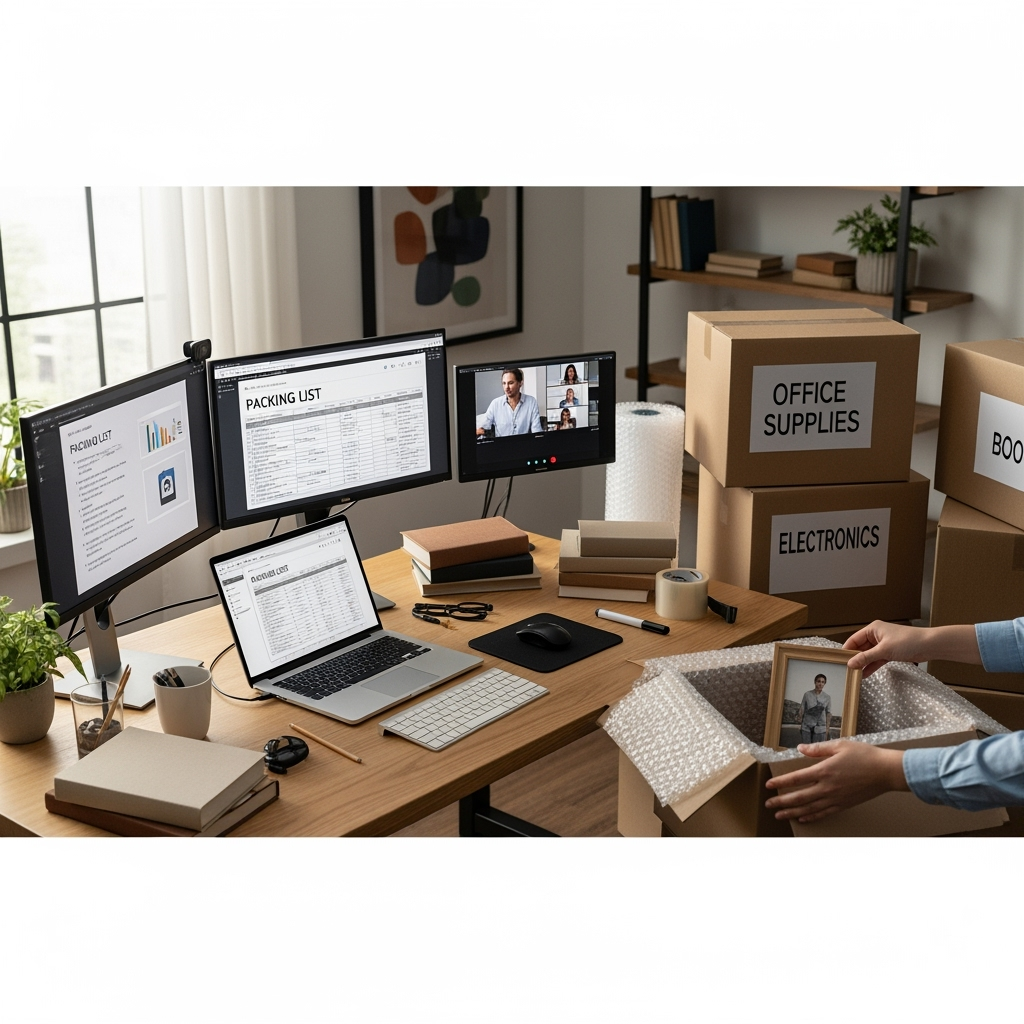
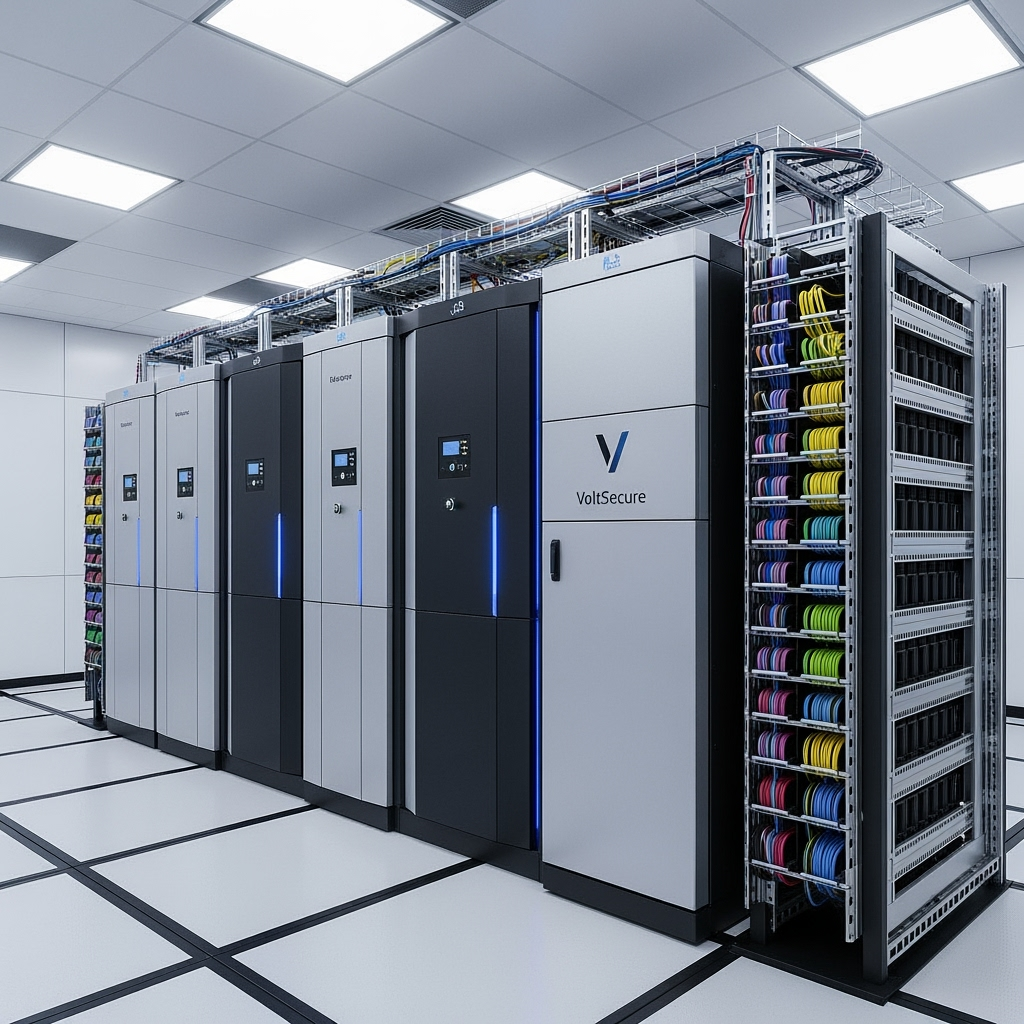

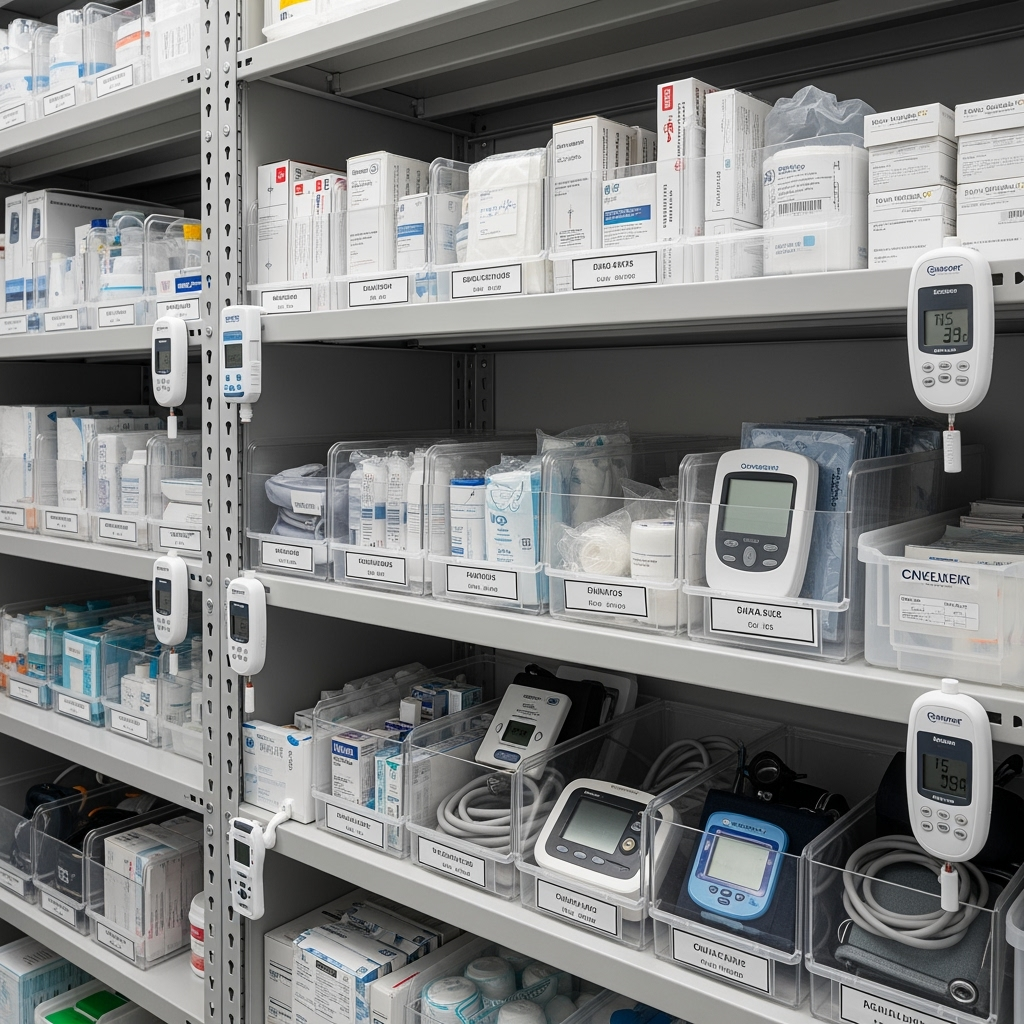
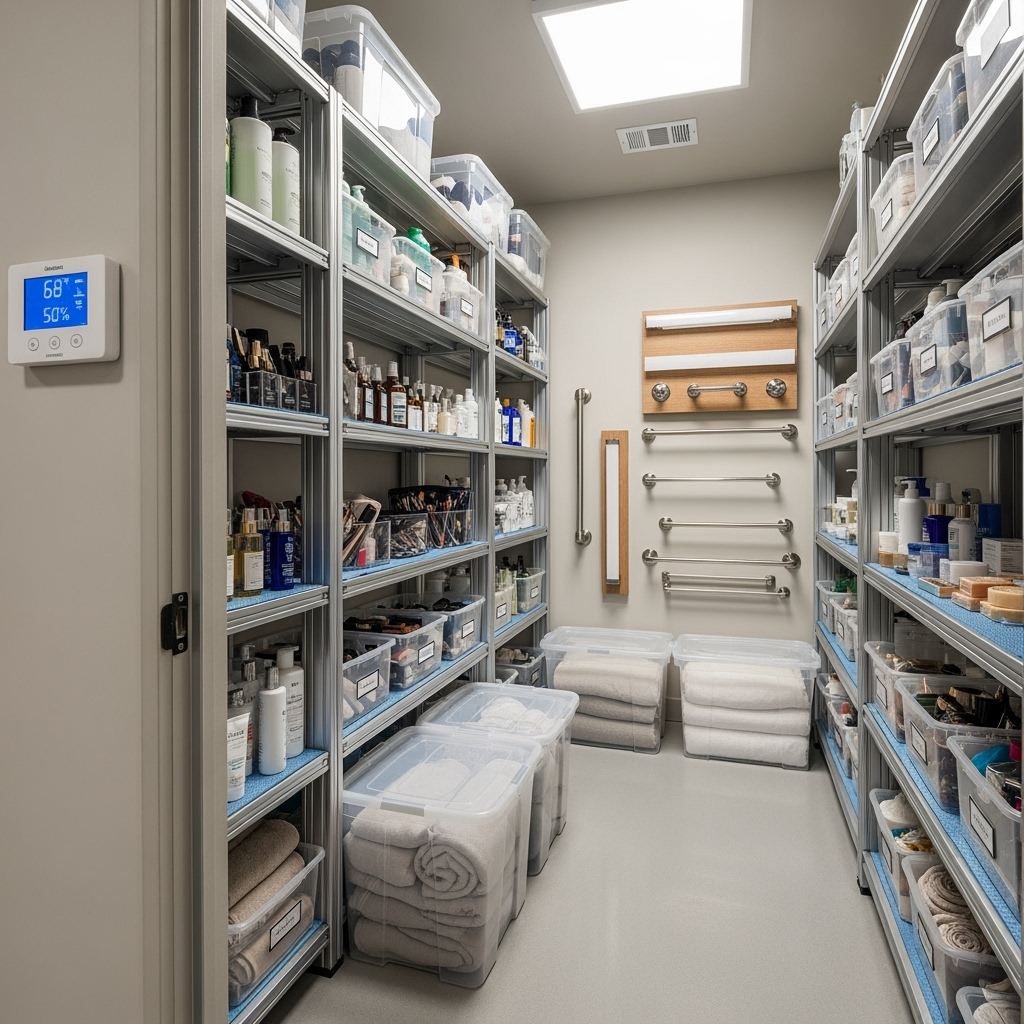
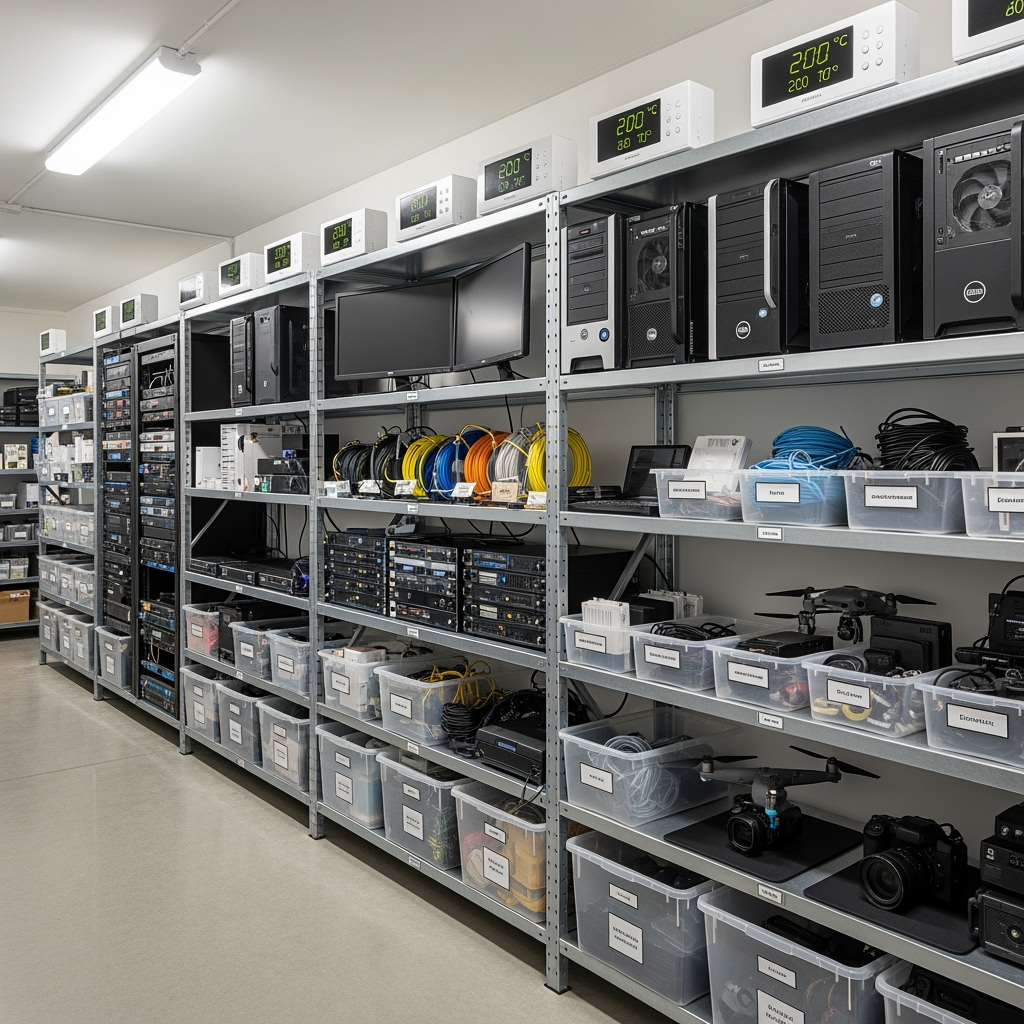
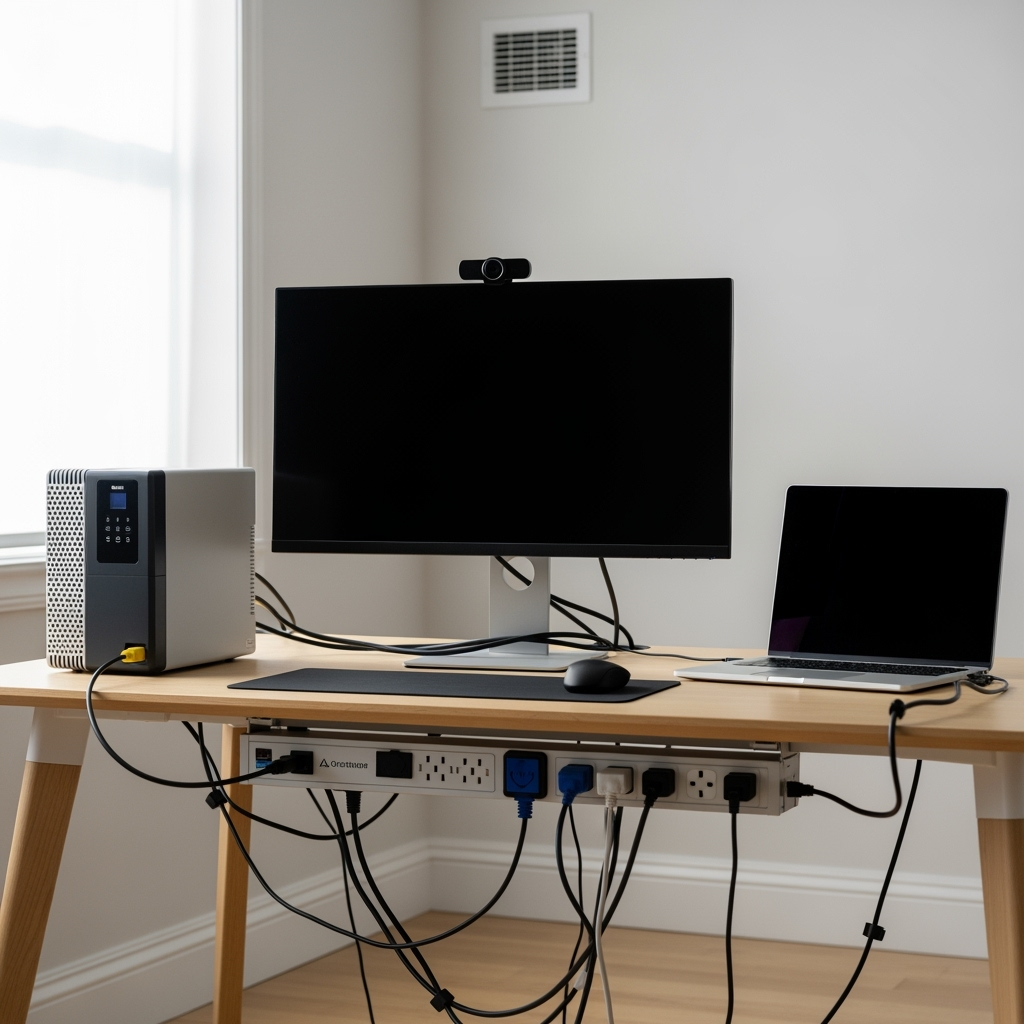
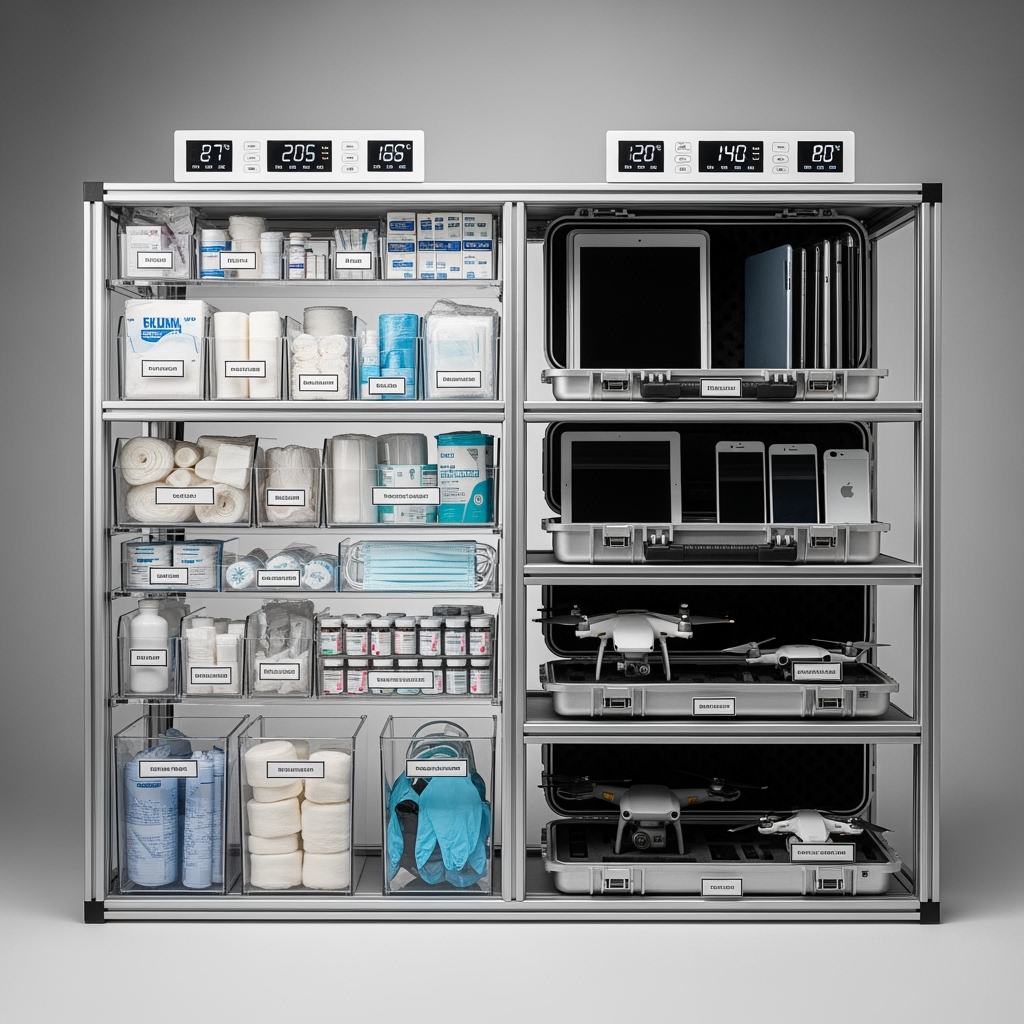
Leave a Reply